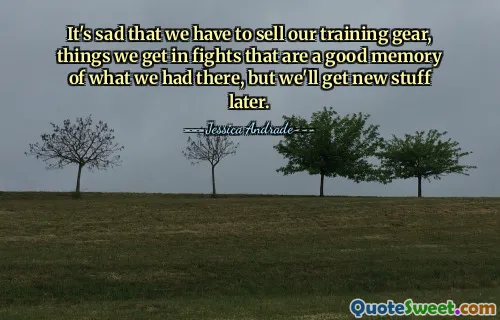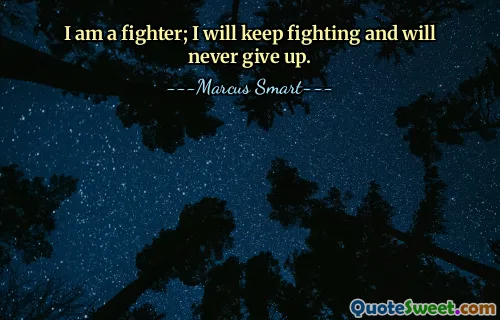
Something soft turn to stone within her. She had no choice. She had to fight. She had to win. She would learn. And then she'd free them.Or join them.
The quote captures a powerful transformation within a person faced with an unavoidable trial. The shift from softness to stone metaphorically illustrates how vulnerability hardens into resilience when survival demands it. The protagonist's emotional or perhaps moral softness turns to a hardened resolve—a survival mechanism when circumstances give no alternatives. This internal change highlights an essential human truth: adversity forges strength.
Each sentence builds upon this evolving determination. "She had no choice" conveys inevitability, the pressure molding her character. The straightforward statements "She had to fight. She had to win." reflect willpower and necessity without room for hesitation or doubt. "She would learn." implies growth through experience or hardships—acquiring strategies, knowledge, or wisdom to face the looming challenge ahead. The conclusion presents an intriguing tension: "And then she'd free them. Or join them." This juxtaposition suggests a dilemma or choice between liberating others or becoming one with whatever force she now encounters. It could indicate a conflict between resistance and submission, leadership and assimilation.
Moreover, the psychological shift represented here aligns with themes often woven into narratives of injustice, captivity, or rebellion, particularly in genres where characters undergo trials to develop endurance and empowerment. This internal metamorphosis resonates broadly with anyone who has faced inevitable change and must reconcile the loss of former gentleness with newfound strength.
The stark and deliberate style of the passage invites readers to contemplate survival and agency within adversity. It poses reflective questions about what it means to change one's nature, the sacrifices within such change, and the ultimate choices we face when confronting overpowering situations. It highlights the latent power in combative perseverance and the balance between preserving selfhood or becoming part of darker forces. In essence, it is a meditation on courage and the complexities of liberation versus submission.







